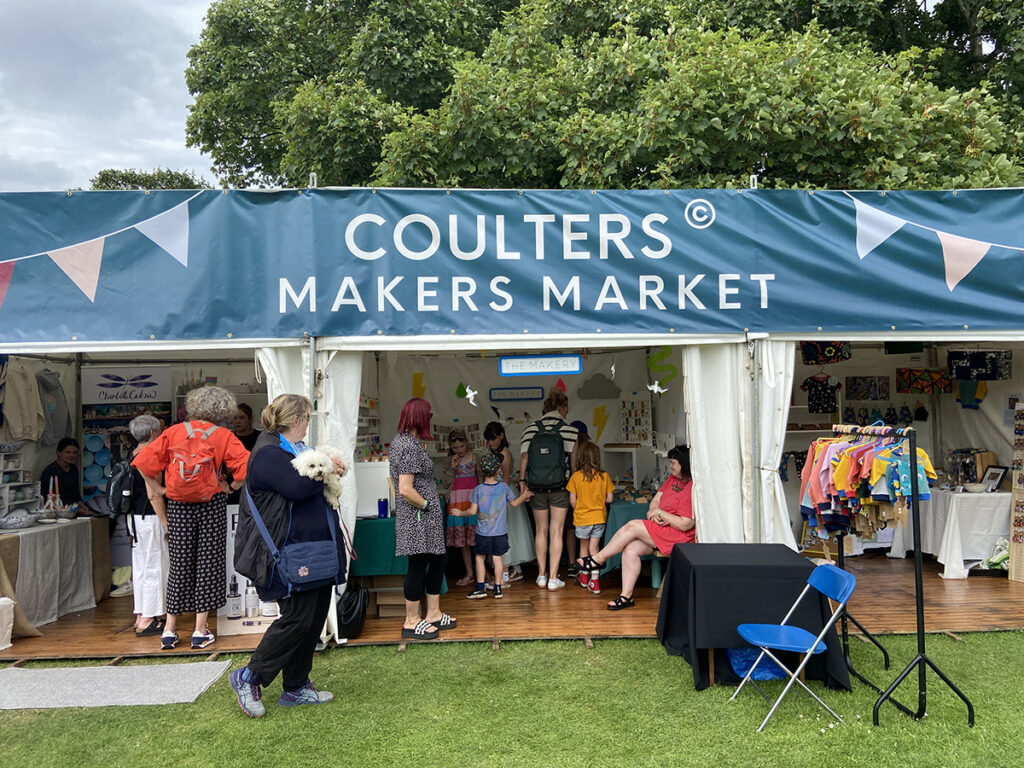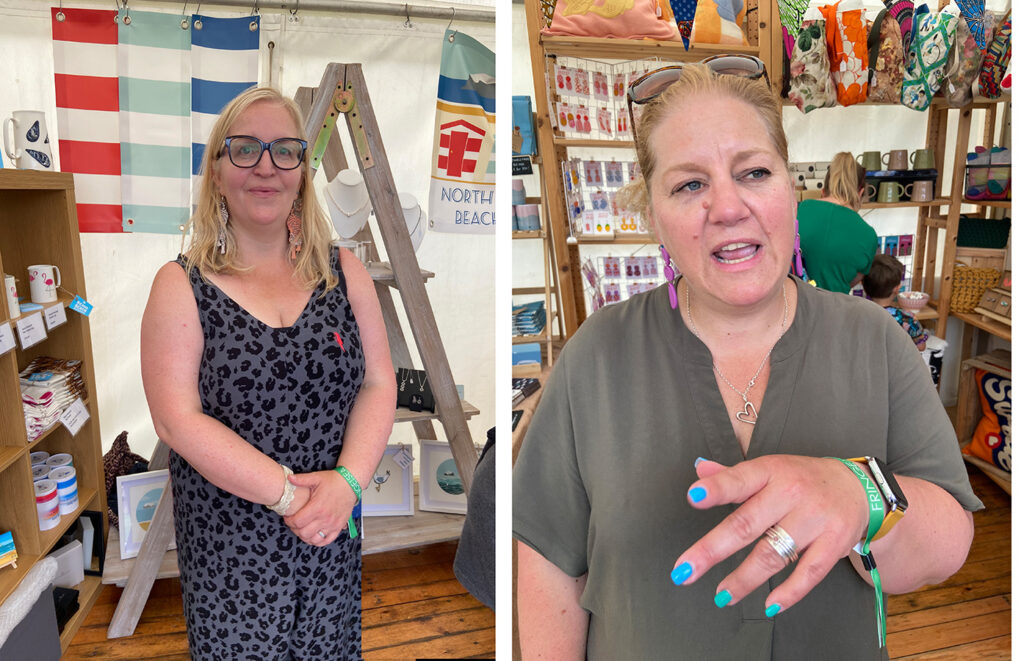Develop and refine your promotional strategy and begin to actualise it. Review the Enterprise Hub resources Promoting yourself and Showcasing your work.
- Networks, audiences, and collaborations – provides guidance and links to connect with others.
- Online marketing tools – helps you to consider your online presence.
- Writing CVs, Bios, Statements, and Manifestos – has guidance on writing about you and your work.
- Produce an artist statement.
Articulate your progress clearly and concisely regarding your promotional strategy. Reflect on any challenges and action areas.
Record your findings in your learning log.
I have been looking at venues for my exhibition. I have looked both online and in person. For traditional spaces, an in-person visit seem better as they allow me to question staff, curators or even sometimes the artist. A great example of this in-person contact happened this weekend at the Fringe by the Sea which takes place in my local town. It brings comedy, music, literature, performance and a Makers Market of local arts and crafts. https://www.fringebythesea.com/coulters-makers-market/ I visited a few times, taking pictures, chatting to the stallholders and hearing about the concept of shared selling space between different artists. I shared my own story about loss and was struck that immediately there was a very clear emotional response from people who have also experienced loss. It was revealing to me that there is a need for space to give voice to our sense of grief. Coming out of these conversations a curator / owner of Leith Makers was telling me of exhibition space she hosts in a space under what was the old Leith railway line. I have contact details and will go and see the gallery space and chat further with the people there. Thoughts of pricing my work have not really crossed my mind before as was always more interested in telling my story so this is all new and exciting for me. I suppose that there is no compelling reason to sell my work if I don’t want to.
https://leithmakers.co.uk/index.html#/


I will visit the gallery where I been invited to host my exhibition and will add some images here of what I find and some thoughts on the space and how it makes me feel and how I imagine my work in that space.
I will submit a new version of my work for exhibition thinking much more deeply about the order of my work which has been a very instructive exercise for me. It will be interesting to receive more feedback now I am further down this path. When I have a settled body of work for my exhibition I will think much more about the promotion of my work. At this stage having potentially found a site for my exhibition I want to explore the idea of an abandoned property in which to replicate my exhibition but in a very different space.
If I pursue the option of showing my work in an abandoned building, there is work for me to do to find a suitable space. I have some ideas on locations I have visited in the Hebrides. This would be an easier location rather than using abandoned properties in Italy for simple reason that it is closer. I imagine such an exhibition as lasting just long enough for me to video it. Would a different option be to leave work in situ for longer and if property is open to the weather to see how my work deteriorates through time? The second exhibition in a traditional gallery could feature the video of the exhibition in the abandoned property as well as normal framed pieces and the see-saw. This would bring my work to a bigger audience. Lots of work here and things to consider.
As part of my thinking about the exhibition and as a way of introducing myself and my work, i have written an Artist’s Statement:
I have experienced the physical impacts and the mental trauma of the death of my daughter. My research and the creation of my art are ways for me to understand myself and express the sense of loss that is common to so many of us, to find threads of memory and to explore the threshold between life and death. I have studied photography but my art doesn’t just use the photograph to depict literal expressions of loss, I also work with conceptual ideas. The photograph is a medium frequently used by those who are exposed to loss yet where the motives and understanding of why photography is used at such times is less than clear. In researching my project and building my exhibition, I have engaged with many people, delving deep into my memories. My art uses these personal insights, common threads and shared experiences to explore this inevitable part of life which is often pushed aside.
The last thing I wanted to think about in this exercise is my promotional strategy. I have given this little thought so far as I have been more concerned with editing my exhibition works to find a better flow or narrative. As I think about gallery space and the possibility of using non-tradition space of an abandoned building, Things to consider are who I will speak to tell tell about my work and how will I engage with them. Family, friends, OCA classmates, my tutor, and people who used to study with OCA, the alumni all come to mind. This an easy group to engage with through phonecalls, email, the OCA forum, and the alumni group on AfterOCA@groups.io. Beyond that are people I don’t know in the wider world. For the gallery in Leith, there is their website and posters in the window. I can put information about my exhibition on my personal website, on Instagram or other social media platforms. For the second part of my exhibition in an abandoned property, I would try and utilise local noticeboards although this all depends on how I see this element of exhibition developing, whether a pop-up exhibition lasting just long enough to video or a longer period of time during which my work might be impacted by the weather.